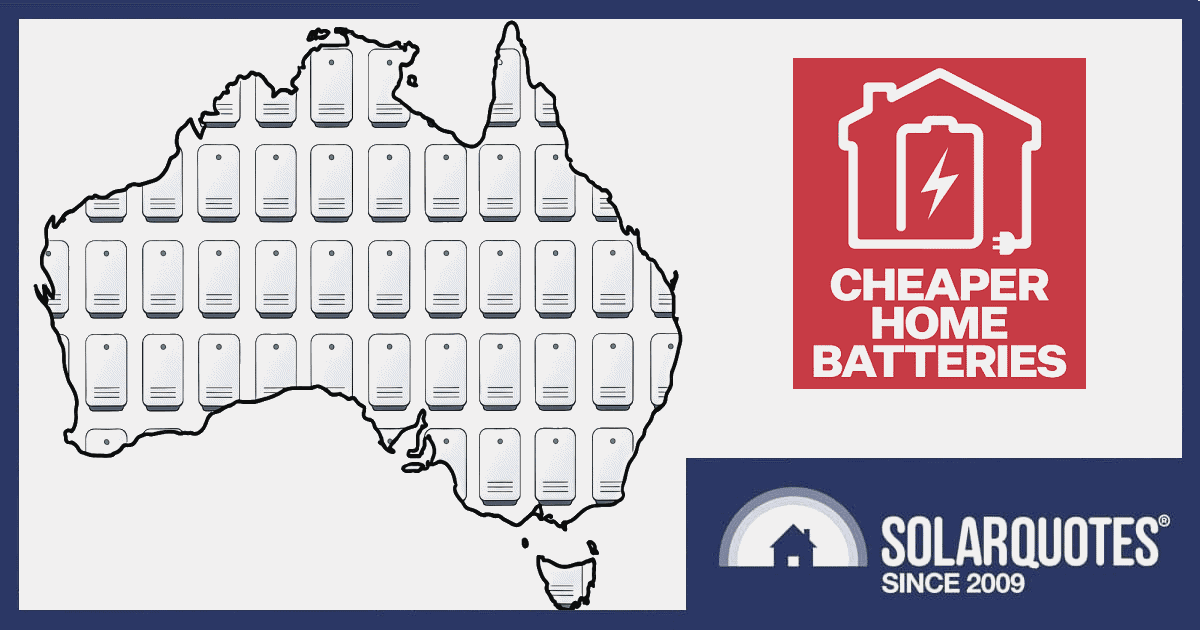
Statistics released by the Clean Energy Regulator (CER) on Friday indicate Australians wasted no time taking advantage of the federal government’s national home battery rebate.
Officially launched on July 1, 2025, the Cheaper Home Batteries program currently offers households, businesses and community organisations around 30% off the upfront cost of an eligible solar battery when it’s installed with an existing or new solar power system.
19,592 solar battery installations were recorded across the country during the program’s first month says the CER, adding up to a total nominal capacity of 344.1 MWh. The figures are for installations with claimed or approved Small-scale Technology Certificates (STCs – on which the rebate is based).
How the states and territories stacked up on installations:
- NSW: 7,347
- QLD: 4,159
- SA: 3,052
- VIC: 2,716
- WA: 1,567
- ACT: 428
- TAS: 254
- NT: 69
Or, in a graph:
A Big Boost In Battery Capacity
Since the start of last year and up until July, the average nominal capacity of fully-commissioned home batteries was around 11 – 12 kWh. During July, that jumped to 18.2 kWh — perhaps not surprising given the bigger the battery, the more generous the rebate (to a degree). You can see rebate estimates for various selected batteries using the SolarQuotes federal battery rebate calculator.
How the states/territories compared (nominal capacity in kWh):
- NSW: 18.5
- QLD: 19.8
- SA: 17.3
- VIC: 17
- WA: 16.5
- ACT: 17.9
- TAS: 17.1
- NT: 22.4
Again, in a graph:
While the CER’s installation figures are for the month of July, it’s not clear how many of those batteries were ‘installed’ but not fully commissioned before last month. From early April, Australians were able to install a battery and benefit from the rebate’s value as long as the battery wasn’t turned on for testing and certification before the official start date of the scheme. It was from that point that STCs could be created.
Still, the initial results bode well for a successful program. So much so, recent analysis carried out by SolarQuotes indicates the initiative could exhaust its announced $2.3bn funding well ahead of schedule, although we also learned a further $1.2bn has been earmarked to carry the program through to 2030-31. However, there could still be a gap unless the Albanese government takes action.
It’s a lot of money, but it’s not just solar power system owners who will benefit.
“An increase in solar batteries across Australia benefits the householder and reduces supply and demand across the whole electricity grid, meaning lower electricity bills for everyone,” said CER Executive General Manager of the Scheme Operations Division, Carl Binning.
It’s probably more accurate to say this will put downward pressure on network-related costs and wholesale electricity prices during peak periods rather than result in lower electricity *bills* for all. Other factors come into play and some electricity retailers are quite adept at wringing out maximum value from their customers. That being the case, it will always be a good idea to compare electricity retailer plans.
Industry On Notice
It’s a frustrating fact incentive schemes of this nature also trigger a stampede of suspect practices from a minority of players in the industry. We’ve already seen multiple examples of misleading ads, exaggerated performance claims, poor installation, crappy products — and even fake government websites.
On the issue of installation quality, Binning said the Clean Energy Regulator’s inspection program for solar batteries that have benefited from the rebate have already kicked off.
‘We’ll publish inspection findings later this month once enough inspections have been completed to identify trends, and draft findings have been confirmed through due processes,” he said.
As well as state and territory electrical and safety regulators, the findings will be shared with industry bodies such as Solar Accreditation Australia, which is responsible for accrediting solar and battery system designers and installers.
The Clean Energy Regulator isn’t the only government agency keeping an eye out for dodgy behaviour associated with the scheme. Also on Friday, the Australian Competition and Consumer Commission (ACCC) said solar/battery suppliers and electricity retailers must act in the consumer’s interest.
“The ACCC will be watching carefully and actively monitoring consumer complaints, said ACCC Commissioner Anna Brakey . “We will hold solar and battery installers, retailers and suppliers accountable to ensure they comply with Australia’s consumer laws.”
But for consumers, 28.3495 grams of protection is worth 453.592 grams of cure as the old saying goes1. Learn everything you should know about home batteries before signing on the dotted line of a sales agreement.
Footnotes
- Updated for the metric generations. ↩

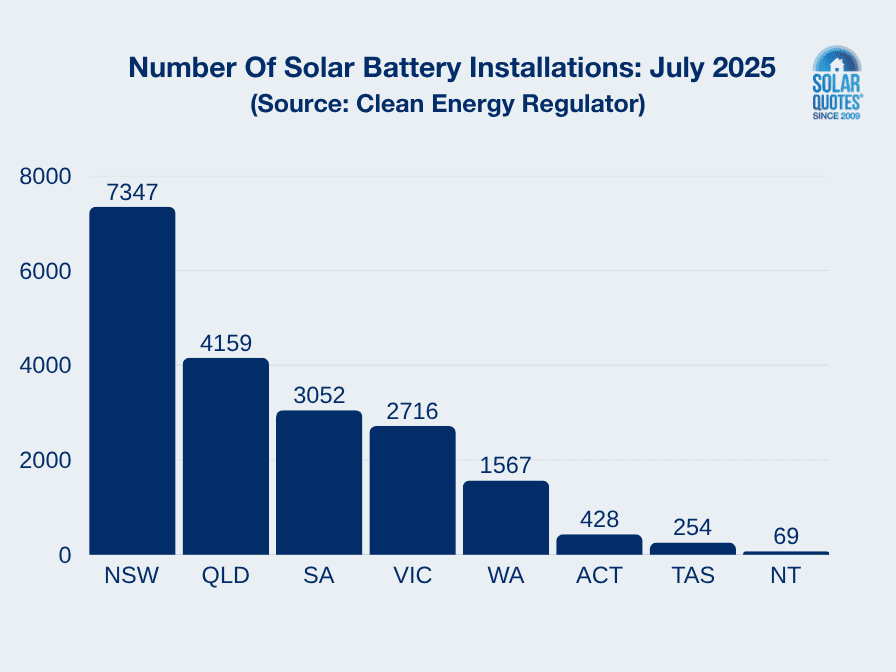
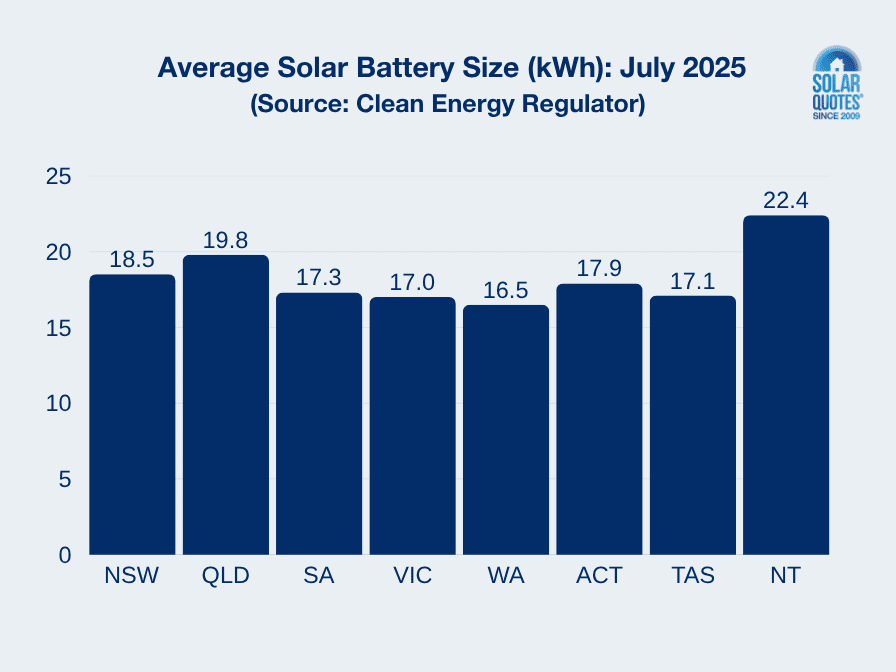
 RSS - Posts
RSS - Posts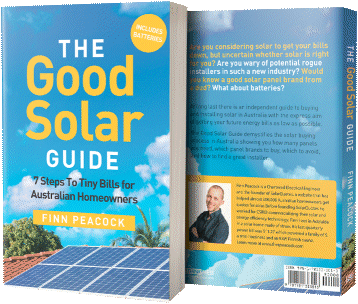


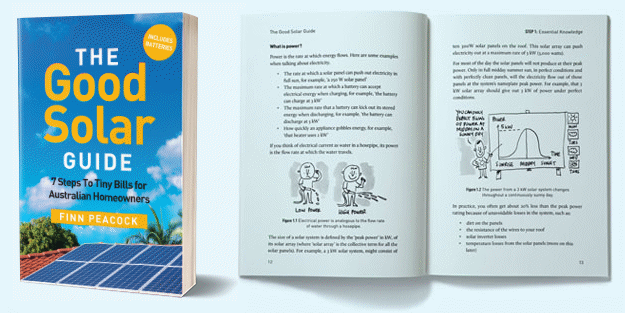
It’s great to see. I also still think a lot of adopters of solar and batteries take a Robinson Crusoe mindset to the job, the thought of importing any grid electrons is considered a failure. I have a Powerwall 2, and accept that during winter I will need to use grid power often to supplement my solar and battery. Not lots, maybe $300-$400 per year.
I could add a second battery, but there’s not the solar to fill it in winter, and cheap grid rates to do that may not last. In 10 years, a pretty standard warranty for batteries, that would also mean having imported $3-4000 in grid power instead over winter, still less than half what a second battery would cost. I’ll offset a good amount of the additional cost with FITs over the other 3 seasons, but even without that I’d be ahead not getting another battery.
We are all ‘the grid’. It’s not the enemy.
“We are all ‘the grid’. It’s not the enemy.”
Not quite, those that can afford or can install solar AND a battery are working towards being part of / contributors to the grid.
All states should see this benefit, not only NEM members.
At the very least it will result in a gradual relief on the various grids, make many of these homes with a battery almost self reliant for their power, and hopefully will make power eventually less of a cost stress for those without the ability to get into solar, let alone a battery.
Hopefully the month on month figures for battery uptake will stay this high.
Hey Nick
Fully agree, battery doesn’t help winter shortfall but battery should mean a much lower bill than you have now.
I have a similar size iStore battery (15kWh) and it’s configured to only charge in the 11-2pm free energy period with OVO (not available everywhere)
This gets me through peak period 3-9pm and most days still have 20% in the morning.
Cheaper batteries includes Hot water which is difficult to feed in winter and much cheaper than a powerwall.
We have a huge solar system at 26.6kW and it makes 1000kWh June and July, well short of the 2600kWh we use in those months but we only paid $22 for the energy we got from the grid + 95c/ day connection.
As mentioned in the article worth a shop around.
People develop whatever mindset suits the setup. And with big rebate batteries that means a lot of involvement with the grid.
With 32kWh battery (big but not oversized), I am getting used to making it work optimally (on wholesale (Amber)). All of my solar can be used or stored, nothing exported until the evening. On a cloudy day, I can fill it anyway with imports at 7-10c/kWh and export up to 20kWh at 25-40c/kWh in the evening peak and break even. If sunny, I make a few bucks (depending on market). On a market price cap day, I can expect to earn $1-200.
The worst of the price spiking hopefully (for others) won’t last, but extra battery (up to 2 hours of your export limit) should still earn its keep all year round, either keeping all your PV for the peak or moving cheaper, greener kWh into it. This just requires that a wholesale price spread of over 15c/kWh (or LCoS of battery) – and that should remain the case for a long while yet.
All very good with the Federal Battery Rebate but have a close look at the debacle that is the WA Battery Rebate.
Synergy is quite happy to use CEC battery recommended products but have decided to do their own thing with inverters.
The Synergy Supported Solutions List is a joke.
There have been a grand total of 9 OEM’S- they love acronyms, companies who manufacture inverters.
You can’t apply for the rebate or interest free loan UNLESS your inverter or existing inverter is one of those 9.
The minister is quite happy with the steady steam..it’s steady because of the shambles, not able to get Western Power approvals because Synergy Plenti and rebate people didn’t get the software right at the start.
The accreditation process for Plenti took so long it also has been a contributing factor in the very slow take up of the WA rebate.
Because of the low numbers of interest free loans it has been the perfect solution to slow down the initial rush, to the po I nt where customers are saying no go
Don’t worry Ron,
It’s difficult to get any stock of batteries in any case but from all I’ve heard the WAGov organisation has been dismal.
That’s been great for us Ron as we’re approved and backed by a great WA based team and plenty of stock.
Check out the iStore 👍🏆
The value of the comparative numbers above by state/territory, would be enhanced, if they were relative to each applicable population; for example, values per 100,000 population.
Hi Bret,
If you can overlay the uptake in terms of a percentage of customers connected with solar that would also be helpful. I think SA has 50% solar customers now? Please feel free to post what you find out.
344.1 MWh of capacity added, just like that.
The Hornsdale grid-scale battery in SA is 194 MWh. So they added capacity equivalent to 1.5 of those. And that was just the first 1-4 months of the program.
The “Big Battery” was a great learning tool, and it made some excellent impact on bills by effectively killing off the Origin/Engie/AGL gas cartel, but it is becoming a tiddlywink in comparison to what’s coming.
Not everything is rosy. The installer just called me and told that NSW and Feds rebates are not stackable, I need to choose one or another. It that true for NSW? The battery was installed last financial year but commissioned in Jul.
As wholesale battery prices fall, battery installations *need* to go exponential.
It took 68 years for installed global solar PV to reach one Terawatt. The next TW took 2 years, and 3 TW is up later this year, in just one year, at a rate of 1 GW (1 coal-fired power station equivalent) every 15 hours. (And nuclear wants a look-in??? There are more enjoyable ways to go broke.)
Ironically, abandoned coalmines provide large solar farm areas, after some clean-up. In many countries now.)
We don’t have 68 years for batteries to reach mountainous proportions, so it’s fortunate that their prices are falling much faster than PV did. Only then will CO₂ emissions begin to fall, so our foot comes off the climate accelerator.
I’m not sure that free midday solar energy will go away within a decade or two – PV is so far ahead and gaining exponentially, batteries still lag so far for now, even gridscale.
But in a decade we’ll be on the right road, lifestyle recoverable – we hope.
“An increase in solar batteries across Australia benefits the householder and reduces supply and demand across the whole electricity grid, meaning lower electricity bills for everyone,”
This remains to be seen, hopefully if the battery uptake keeps going, there will be some relief for those that can’t afford (or install for other reasons) solar and battery.
There might be delays too with an overly cautious AER releasing annual July 1st new DMO pricing, even if / after wholesale pricing goes down significantly at some point.
Let’s hope business / industry and general consumers can survive the ongoing inflation high power costs are helping push up right now, and into at least the near future.
One thing for sure, retailers will not accept less profit, private enterprise will continue to expect ever increasing profits to pump up share prices, dividends, and the usual excessive CEO / exec salaries.
Solar in this country reached it’s grid saturation point a long time ago. The CEC and State and Federal Governments should’ve have had far better foresight and approvals tapered off to allow a reasonable time for economically manageable upgrades to the grid to occur.
Now we’re expected to shell out thousands of dollars for expensive batteries and for what purpose ? To shore up bad decisions by invertebrates like Chris Bowen who are freight-training in unreliable energy sources at ultimate cost of our GDP and international trade prospects.
The ALP bulk at the idea of having to acknowledge that Australia only contributes 1% of the worlds greenhouse gasses, while at the same time continue selling coal to China which contributes 30% (of GHG’s.)
Ask yourself this – If you could have grid power for the cost of the FIT the retailers provide (3-5c/KWh) would you be spending your money to buy a battery ?
Dave, Dave, Dave. “Collectively, countries emitting less than 2% of global greenhouse gas (GHG) emissions account for roughly 36% of total global emissions.” so the club we’re in is worse than China, all up, since if we can fart in the elevator, then the others can too. And China is going green at massive scale. Coal use has peaked, falling now.
We’re not really going solar + wind + batteries to avoid floods & fires (too late for that), now it’s to save enough money to be able to afford the insurance and aircon. Coal plants are wearing out fast, and can’t be rebuilt – renewables kill ’em.
The IEA says “Investment in solar PV now surpasses all other generation technologies combined”. In 2024 it was US$2 trillion for all renewables. The rate of solar & battery installation is only going up – like a rocket. Sorry, but denialism is not reality – saturation is decades out, with 100% BEVs, freight too. You can’t hear the rumble – it’s electric, best not recline on the road to progress.
Hi Dave,
Ask yourself this – when did Australia become known for shirking?
When should we give up competing for GOLD GOLD GOLD at the Olympics… because per head of population we are world class polluters who regularly outperform the UK and US.
Perhaps you could try the argument of “too small to matter” when standing in front of a magistrate on a DUI charge? Your personal contribution to the road toll wouldn’t be very much compared to the dreadful inconvenience of having to get a taxi home.
Saying we are “only 1%” of the problem is completely spurious when we are 0.33% of the population.
And slagging off the adults in the room is no help either. When we’re 10+ years behind because the suppository of all wisdom not only crashed energy investment by 88% in one year, he wasted millions investigating “wind turbine syndrome”